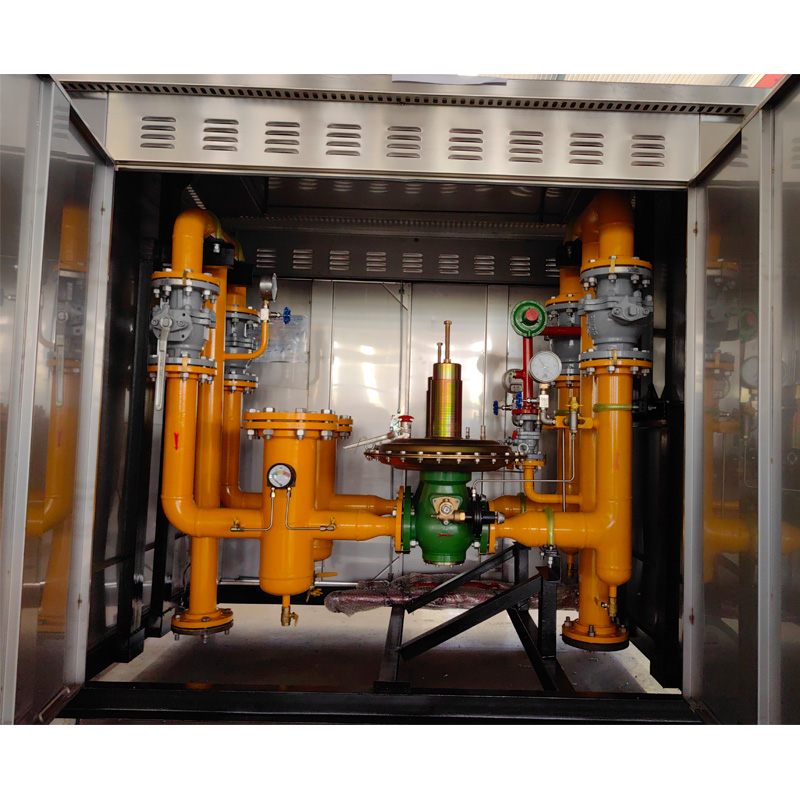
Dec . 04, 2024 09:13
Back to list
gas pressure reducing valve
Understanding Gas Pressure Reducing Valves
In various industrial applications, the management of gas pressure plays a crucial role in ensuring safety, efficiency, and optimal performance. One of the key components designed for this purpose is the gas pressure reducing valve (PRV). This device is essential in regulating and reducing the high pressure of gas coming from a supply line to a predetermined safe and usable level for end-users.
What is a Gas Pressure Reducing Valve?
A gas pressure reducing valve is a mechanical device that automatically reduces high inlet gas pressures to a lower, more manageable output pressure. It works by maintaining a consistent outlet pressure regardless of fluctuations in the inlet pressure or changes in downstream flow. These valves are commonly used in various applications, including residential heating systems, commercial cooking appliances, and industrial gas pipelines.
How Does a Gas Pressure Reducing Valve Work?
The operation of a gas PRV is relatively straightforward. The valve is typically equipped with a spring-loaded diaphragm that responds to changes in pressure. When high-pressure gas enters the valve, the diaphragm moves, allowing gas to flow through a metering orifice. The spring is calibrated to push back against the diaphragm, controlling the flow of gas to ensure the outlet pressure remains stable.
The critical aspect of a gas PRV is its ability to adjust automatically to changes in the inlet pressure. For example, if there is a sudden increase in the inlet pressure, the diaphragm will compress further against the spring, reducing the gas flow and maintaining the output pressure. Conversely, if the inlet pressure drops, the spring force will allow more gas through until the outlet pressure stabilizes at the set level.
Importance of Gas Pressure Reducing Valves
gas pressure reducing valve

Gas pressure reducing valves are vital for several reasons. Firstly, they enhance safety by preventing excessive pressure from reaching appliances and equipment, which can lead to potential hazards such as leaks, explosions, or equipment damage. Secondly, by ensuring that gas is delivered at a consistent pressure, PRVs optimize the performance of appliances, resulting in more efficient energy use and improved functionality.
Moreover, in industrial settings, maintaining the correct pressure is critical for the quality of processes such as combustion, chemical reactions, and material handling. A PRV can help maintain the desired pressure level for various applications, ensuring consistent product quality and operational efficiency.
Applications of Gas Pressure Reducing Valves
Gas pressure reducing valves find applications across many sectors. In residential settings, they are essential for gas furnaces, hot water systems, and outdoor cooking appliances, ensuring safe and efficient operation. In commercial kitchens, PRVs provide stable pressure for gas ovens and stoves, crucial for precise cooking.
In industrial applications, PRVs are used in manufacturing processes, power generation, and gas distribution systems. These valves are essential for maintaining the proper pressure in pipelines and regulating the flow of natural gas, propane, and other gases.
Maintenance and Considerations
To ensure optimal performance and longevity, regular maintenance of gas pressure reducing valves is necessary. Inspections should focus on checking for leaks, wear and tear, and ensuring that the valve settings are accurate. Operators should also be aware of the specifications and requirements suitable for their specific applications, as using the correct type of PRV can significantly impact safety and efficiency.
In conclusion, gas pressure reducing valves play an integral role in managing gas pressure across various applications. By providing precise pressure control, they enhance safety, improve efficiency, and optimize the performance of gas-powered equipment and systems. Understanding how these valves function is essential for anyone involved in the installation, maintenance, or operation of gas delivery systems.
Latest news
-
Safety Valve Spring-Loaded Design Overpressure ProtectionNewsJul.25,2025
-
Precision Voltage Regulator AC5 Accuracy Grade PerformanceNewsJul.25,2025
-
Natural Gas Pressure Regulating Skid Industrial Pipeline ApplicationsNewsJul.25,2025
-
Natural Gas Filter Stainless Steel Mesh Element DesignNewsJul.25,2025
-
Gas Pressure Regulator Valve Direct-Acting Spring-Loaded DesignNewsJul.25,2025
-
Decompression Equipment Multi-Stage Heat Exchange System DesignNewsJul.25,2025

